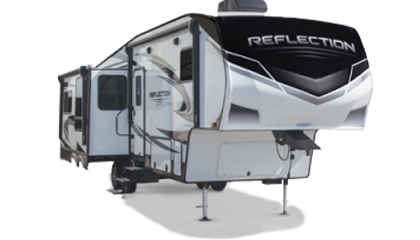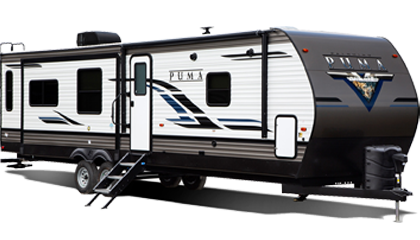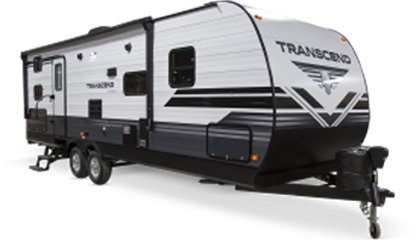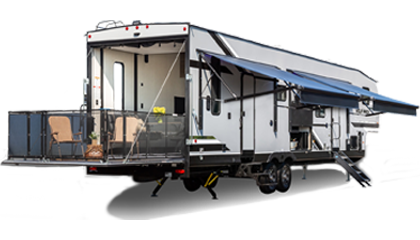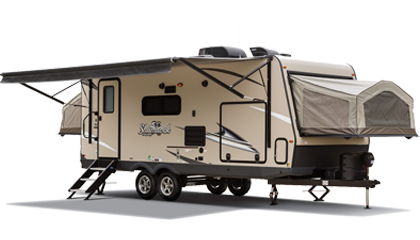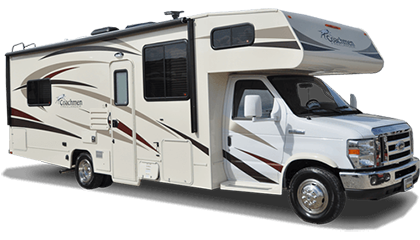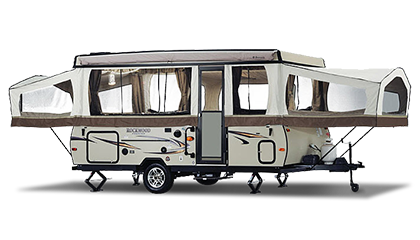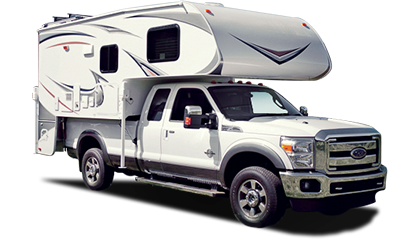RV Antennas And RV Satellite Dishes
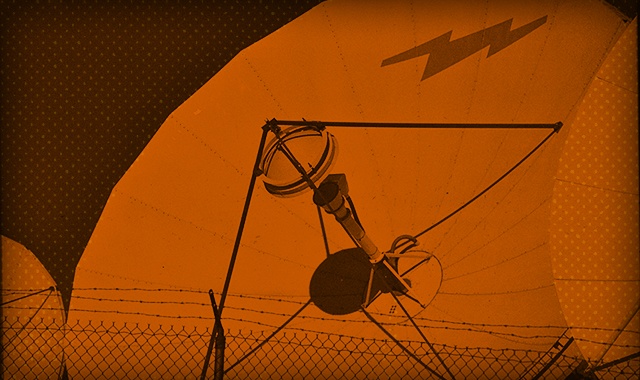
For many RVers, nothing tops off a full day of nature quite like the quiet comfort of your home away from home. Traveling and camping in an RV has many perks, and even though you like getting off the grid, sometimes it’s nice to still have a little connection with the rest of the world. That’s where TV antennas and satellites come in handy! Before you grab the remote and start channel surfing, it’s good to know a few things about your RV’s antennas and how to take care of them.
Which antenna is best for me?
Just because you’re out camping for the weekend does not mean you have to miss watching the big game or the latest headlines. A simple TV antenna will pick up most local television networks including ABC, NBC, CBS and Fox. Depending on the range of the nearest tower sending out the signal, you might also get a few extra channels like weather radars, and public television. A lot of these stations will come in well through HD with a roof-mounted model.
Crank Antennas:
Many RVs have a simple crank antenna that is easy to use, made out of plastic and aluminum and folds neatly back intothe roofline when you’re not using it. The catch with this type of antenna is to always remember to put it down before you hit the road again, because if you drive under a low bridge or trees, the antenna will likely break. With this type of antenna, there is some maintenance and upkeep to be aware of. You should make it part of your routine roof maintenance to examine your TV antenna and make sure that it is devoid of debris like dirt and leaves. You should also lubricate the elevating gears of your crank antenna with silicone spray. While the antenna is in the “down” position, spray the gears liberally with the silicone spray. After you’ve sprayed the gears, raise and lower it a couple of times to distribute the lubricant.
Fixed Antennas:
Operating the same way as the crank antennas, fixed antennas will do the same job but with a more sleek look. On top of the smooth look, you also don’t have to remember to crank it up and down every time you want to watch television or leave the campground. Many of these antennas are also compatible with Dish satellite services, so you’re not just limited to local network channels. And, an extra antenna tip: if you’re having trouble receiving channels, you can buy a booster that goes onto your existing antenna to make your signal stronger.
Dishes/Domes:
Another route you can go when you’re looking to watch some TV in your RV is to install a satellite dish. Just like the antennas, you can buy dishes that fold down when you’re ready to hit the road. Of course, with the dish options, you would need to pay a subscription fee to a satellite service in order to view the channels. So, if you spend a lot of time in your RV, and want access to more than local channels, dishes are not a bad options.
Many RVs today come with built-in antennas of some kind. What you need to decide is whether or not you’d like to access more channels and subscribe to a dish service. If you do decide to install a new antenna, dish or dome onto your RV, it’s always a great idea to get some help from your local RV dealer so that you don’t install your antenna incorrectly.

